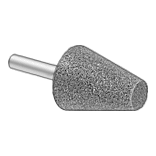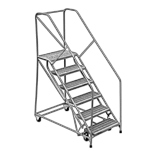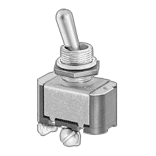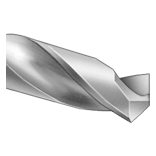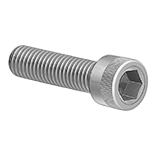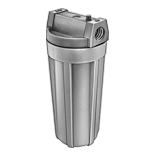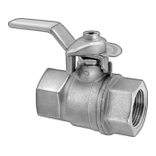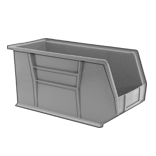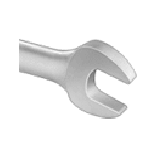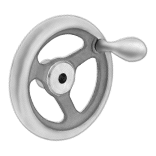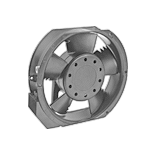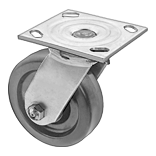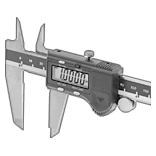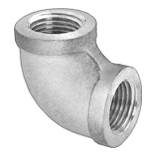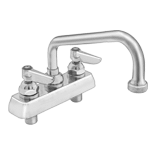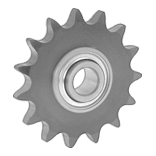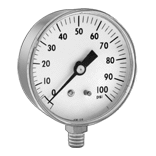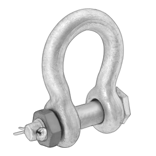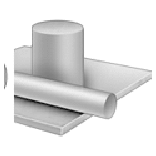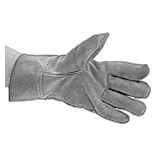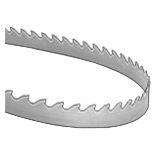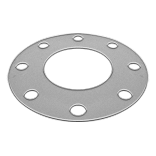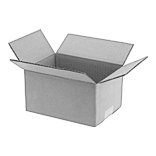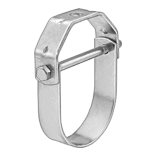Filter by
System of Measurement
Reamer Diameter
Taper Pin Number
Reamer Type
Shank Type
Spiral Direction
Reamer Operation
Rate of Taper
Export Control Classification Number (ECCN)
DFARS Specialty Metals
RoHS
Sold As
Reach Length
Round-Shank Reamer Drill Bits for Taper-Pin Holes
Reamer Dia. | Lg. | ||||||||||||||||||||||||||||||||||||||||||||||||||||||||||||||||||||||||||||||||||||||||||||||||||
|---|---|---|---|---|---|---|---|---|---|---|---|---|---|---|---|---|---|---|---|---|---|---|---|---|---|---|---|---|---|---|---|---|---|---|---|---|---|---|---|---|---|---|---|---|---|---|---|---|---|---|---|---|---|---|---|---|---|---|---|---|---|---|---|---|---|---|---|---|---|---|---|---|---|---|---|---|---|---|---|---|---|---|---|---|---|---|---|---|---|---|---|---|---|---|---|---|---|---|---|
For Taper Pin No. | (A) | (B) | Flute | Overall | No. of Flutes | Flute Type | Spiral Direction | Rate of Taper | Point Angle | For Use On | Each | ||||||||||||||||||||||||||||||||||||||||||||||||||||||||||||||||||||||||||||||||||||||||
High-Speed Steel | |||||||||||||||||||||||||||||||||||||||||||||||||||||||||||||||||||||||||||||||||||||||||||||||||||
| 3 | 0.2200" | 0.1575" | 3" | 4 1/2" | 2 | Spiral | Right Hand | 1:48 | 118° | Aluminum, Brass, Bronze, Iron, Plastic, Stainless Steel, Steel | 0000000 | 0000000 | |||||||||||||||||||||||||||||||||||||||||||||||||||||||||||||||||||||||||||||||||||||||
Reamers
Round Shank
Straight Flute |
Lg. | |||||||||||||||||||||||||||||||||||||||||||||||||||||||||||||||||||||||||||||||||||||||||||||||||||
|---|---|---|---|---|---|---|---|---|---|---|---|---|---|---|---|---|---|---|---|---|---|---|---|---|---|---|---|---|---|---|---|---|---|---|---|---|---|---|---|---|---|---|---|---|---|---|---|---|---|---|---|---|---|---|---|---|---|---|---|---|---|---|---|---|---|---|---|---|---|---|---|---|---|---|---|---|---|---|---|---|---|---|---|---|---|---|---|---|---|---|---|---|---|---|---|---|---|---|---|
Reamer Dia. | Material | Flute | Overall | No. of Flutes | Cutting Dia. Tolerance | For Use On | Each | ||||||||||||||||||||||||||||||||||||||||||||||||||||||||||||||||||||||||||||||||||||||||||||
Straight Flute | |||||||||||||||||||||||||||||||||||||||||||||||||||||||||||||||||||||||||||||||||||||||||||||||||||
Inch | |||||||||||||||||||||||||||||||||||||||||||||||||||||||||||||||||||||||||||||||||||||||||||||||||||
| 0.2200" | High-Speed Steel | 1 1/2" | 6" | 6 | 0" to 0.0002" | Aluminum, Brass, Bronze, Iron, Plastic, Stainless Steel, Steel | 00000000 | 000000 | |||||||||||||||||||||||||||||||||||||||||||||||||||||||||||||||||||||||||||||||||||||||||||
| 0.2200" | Cobalt Steel | 1 1/2" | 6" | 6 | 0" to 0.0002" | Aluminum, Brass, Bronze, Iron, Nickel, Plastic, Stainless Steel, Steel, Titanium, Tool Steel, Hardened Steel | 0000000 | 00000 | |||||||||||||||||||||||||||||||||||||||||||||||||||||||||||||||||||||||||||||||||||||||||||
| 0.2200" | Carbide | 1" | 3" | 4 | 0" to 0.0002" | Aluminum, Brass, Bronze, Fiberglass, Iron, Nickel, Plastic, Stainless Steel, Steel, Titanium, Tool Steel, Hardened Steel | 00000000 | 00000 | |||||||||||||||||||||||||||||||||||||||||||||||||||||||||||||||||||||||||||||||||||||||||||
